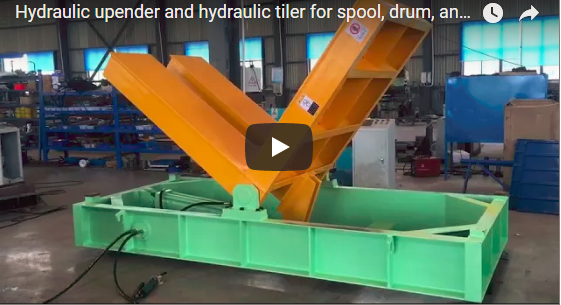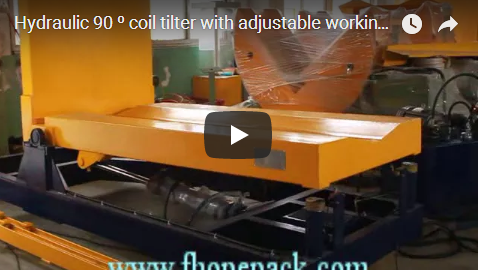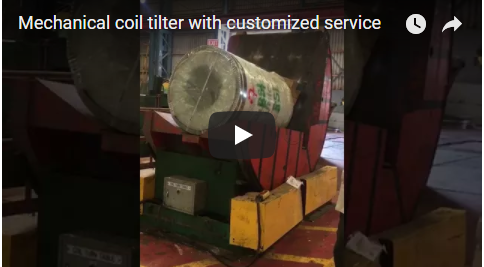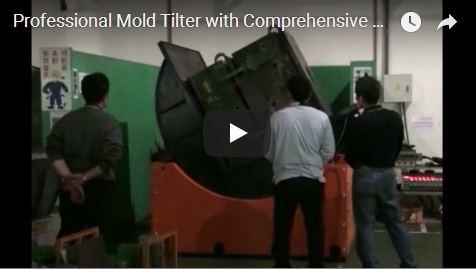Optimizing Roll Handling: The Strategic Role of Paper Roll Upenders and Tilters in Industrial Operations
Handling large, heavy paper rolls presents significant logistical and safety challenges in numerous industrial sectors, from paper mills and printing houses to converting plants and distribution centers. Manual or improper handling methods can lead to costly product damage, operational bottlenecks, and serious workplace injuries. Paper roll upenders and tilters represent a critical engineering control, designed specifically to mitigate these risks and enhance workflow efficiency.
This equipment, often referred to interchangeably as paper roll tippers or flippers, provides a controlled, mechanized solution for rotating cylindrical loads, primarily paper rolls, between horizontal (eye-to-sky) and vertical (eye-to-horizon) orientations. This capability is essential for integrating rolls into various stages of production, storage, and transportation.
Advancing Efficiency and Safety in Roll Manipulation
The core function of a paper roll upender/tilter is to mechanize the reorientation process, thereby eliminating hazardous manual lifting and maneuvering tasks. Research published in journals like the International Journal of Industrial Ergonomics consistently highlights the high risk of musculoskeletal disorders associated with manual handling of heavy loads. By automating this process, these machines directly address these ergonomic concerns.
Key Operational Benefits:
- Enhanced Safety: Dramatically reduces the risk of crush injuries, strains, and other accidents associated with manual roll handling, contributing to compliance with OSHA guidelines and improving overall workplace safety metrics.
- Increased Productivity: Streamlines the transition of rolls between processes (e.g., from storage to unwinding stands, printing presses, or converting lines), minimizing cycle times and boosting throughput. Integration with conveyor systems can further automate the workflow.
- Product Integrity Protection: Ensures gentle handling, preventing costly damage to roll edges, cores, and surfaces (scuffing, telescoping) that can occur with manual methods or improper equipment use. This directly impacts material yield and reduces waste.
- Operational Versatility: Capable of handling a wide range of roll diameters, widths, and weights, offering flexibility for diverse production requirements. Many designs can also be adapted for other cylindrical materials like film or foil rolls.
Technical Specifications and Design Considerations
Modern paper roll upenders are robustly engineered systems, typically utilizing electro-hydraulic or electro-mechanical actuation for smooth, controlled tilting motion. Key design elements and specifications often include:
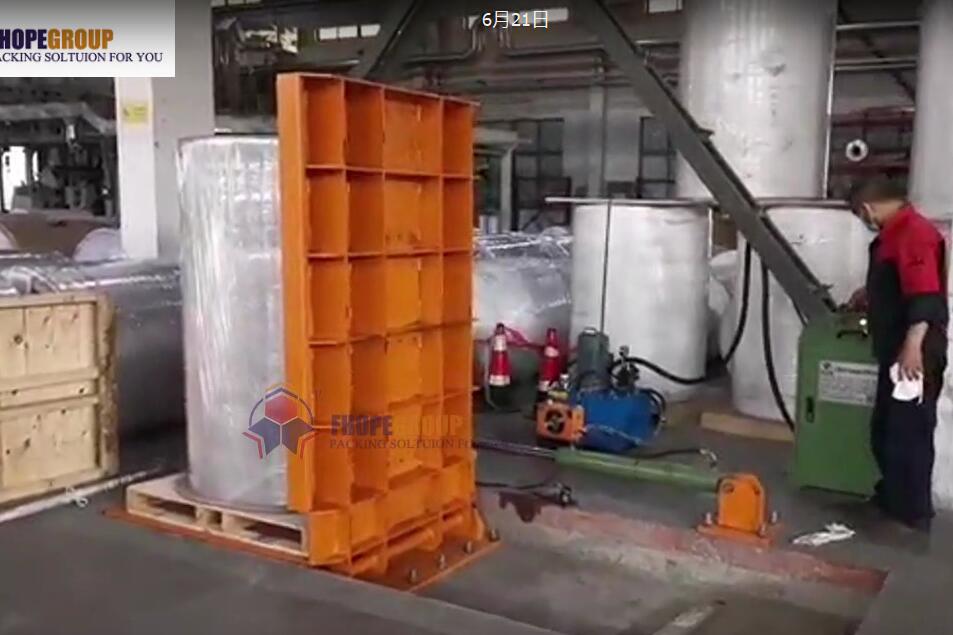
- Load Capacity: Ranging from under 1 ton to over 10 tons, tailored to specific application needs.
- Roll Dimensions: Accommodating various diameters (e.g., up to 2500mm) and widths (e.g., up to 3000mm).
- Platform Design:
- V-Saddle: Provides stable support for horizontal rolls.
- Flat Platform: Offers versatility for different load types or palletized rolls.
- Powered Conveyor Tops: Facilitate seamless integration into automated lines.
- Tilting Angle: Typically 90 degrees, with options for custom angles or variable tilting control.
- Control Systems: Options range from simple pendant controls to sophisticated PLC integration with safety interlocks and automated sequencing.
- Construction: Heavy-duty welded steel frames ensure durability and longevity in demanding industrial environments. High-quality components minimize maintenance requirements.
- Safety Features: Standard features often include emergency stops, hydraulic velocity fuses, pressure relief valves, and optional perimeter guarding or light curtains, adhering to machinery safety standards (e.g., concepts outlined in ANSI/PMMI B155.1 or relevant ISO standards).
Innovations and Industry Applications
Continuous innovation in this field, often reflected in patent filings (e.g., focusing on enhanced load stability, energy efficiency, or refined control mechanisms like those described in patents such as US Patent No. X,XXX,XXX for specific tilting geometries), leads to increasingly sophisticated and reliable machines.
These machines are indispensable in various industries:
- Paper Manufacturing: Handling parent rolls from winders to storage or finishing.
- Printing: Loading rolls onto presses or pre-press equipment.
- Packaging & Converting: Feeding rolls into slitter-rewinders, laminators, or packaging lines.
- Warehousing & Logistics: Efficiently managing roll inventory and preparing shipments.
- Textile, Film & Foil Industries: Handling similar large cylindrical loads.
Strategic Investment for Modern Operations
Investing in a paper roll upender/tilter is a strategic decision that yields significant returns through improved safety, reduced product damage, and enhanced operational efficiency. By eliminating dangerous manual handling and streamlining workflows, these machines contribute directly to a more productive, safer, and cost-effective operation. They are a vital component of modern material handling systems in any facility dealing with large paper rolls.
Evaluate your current roll handling procedures to identify opportunities for improvement in safety and efficiency. Implementing a dedicated paper roll upender could be the key to optimizing your workflow and protecting both your personnel and your products.
For more detailed specifications or to discuss your specific application needs, please feel free to contact info@fhopepack.com.

